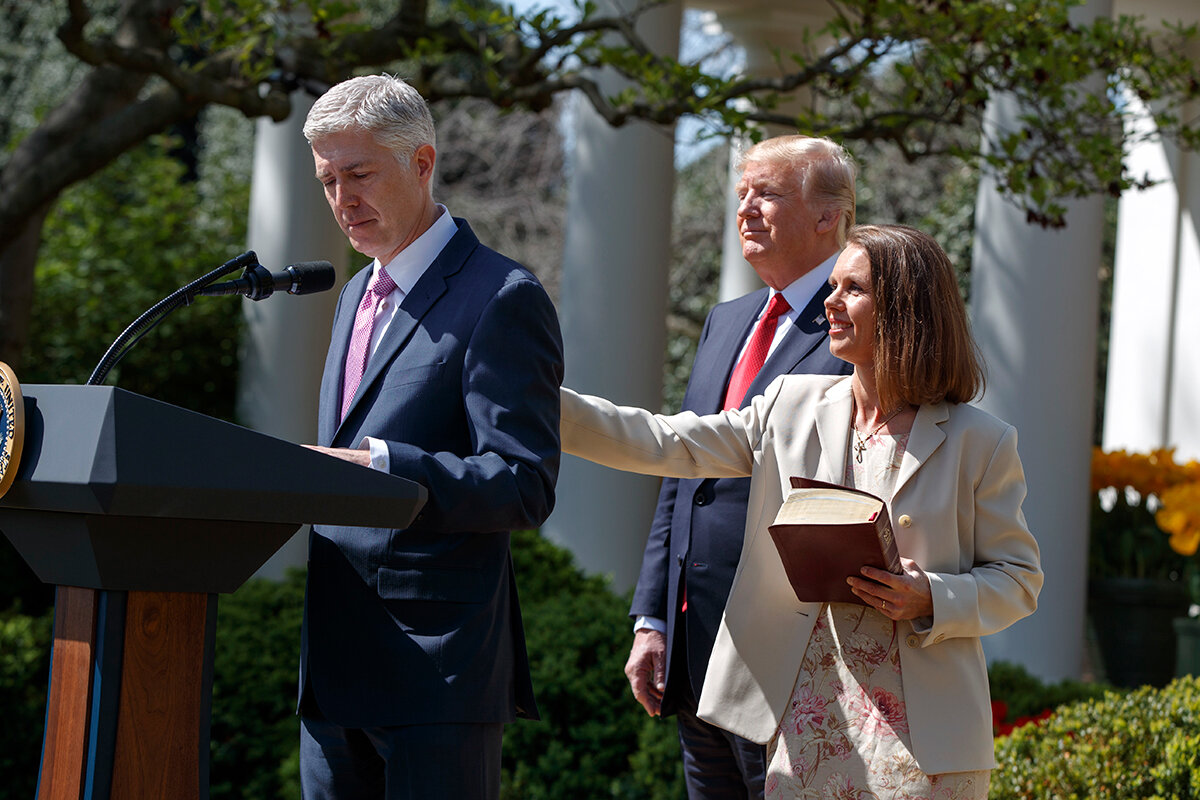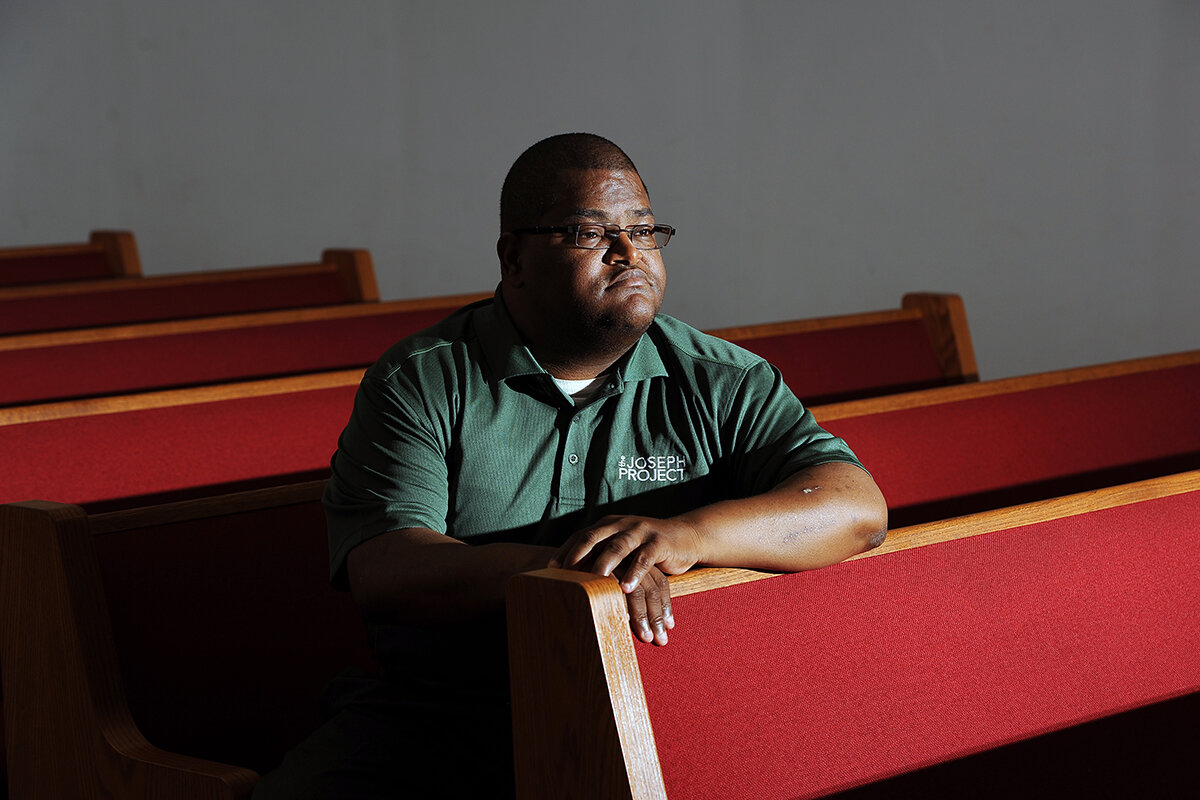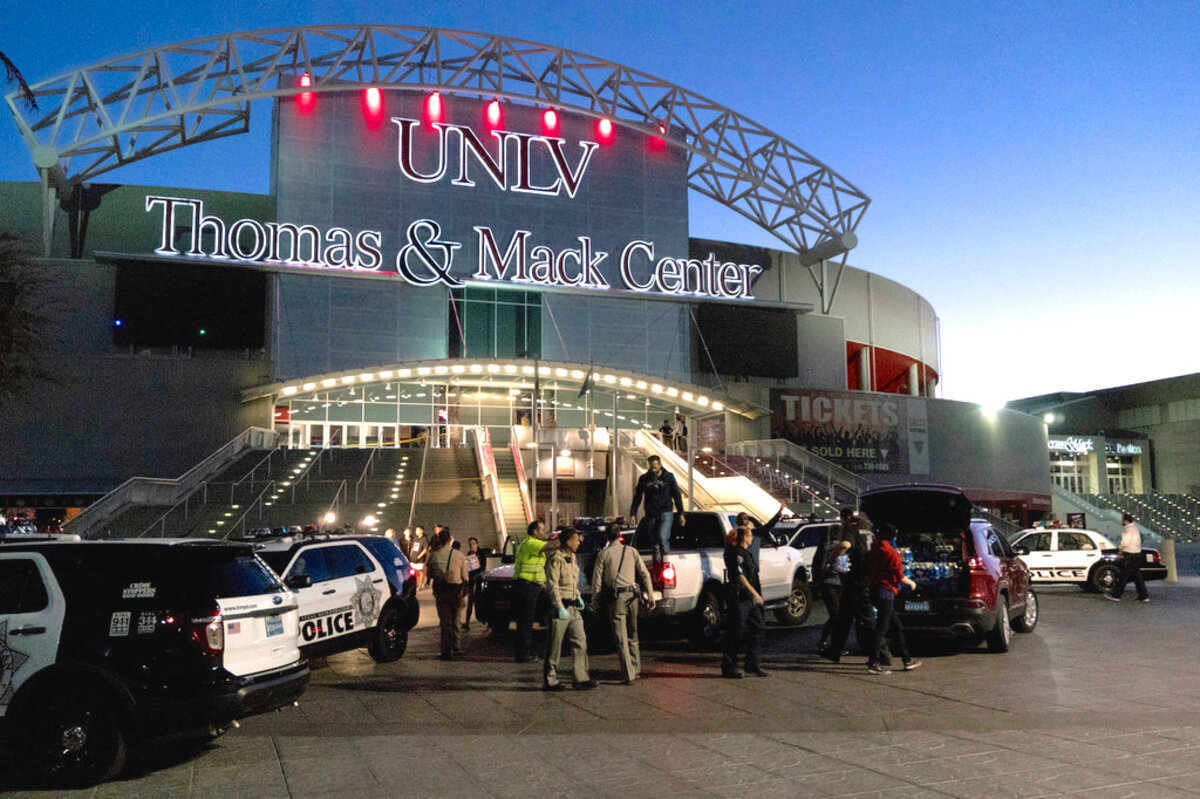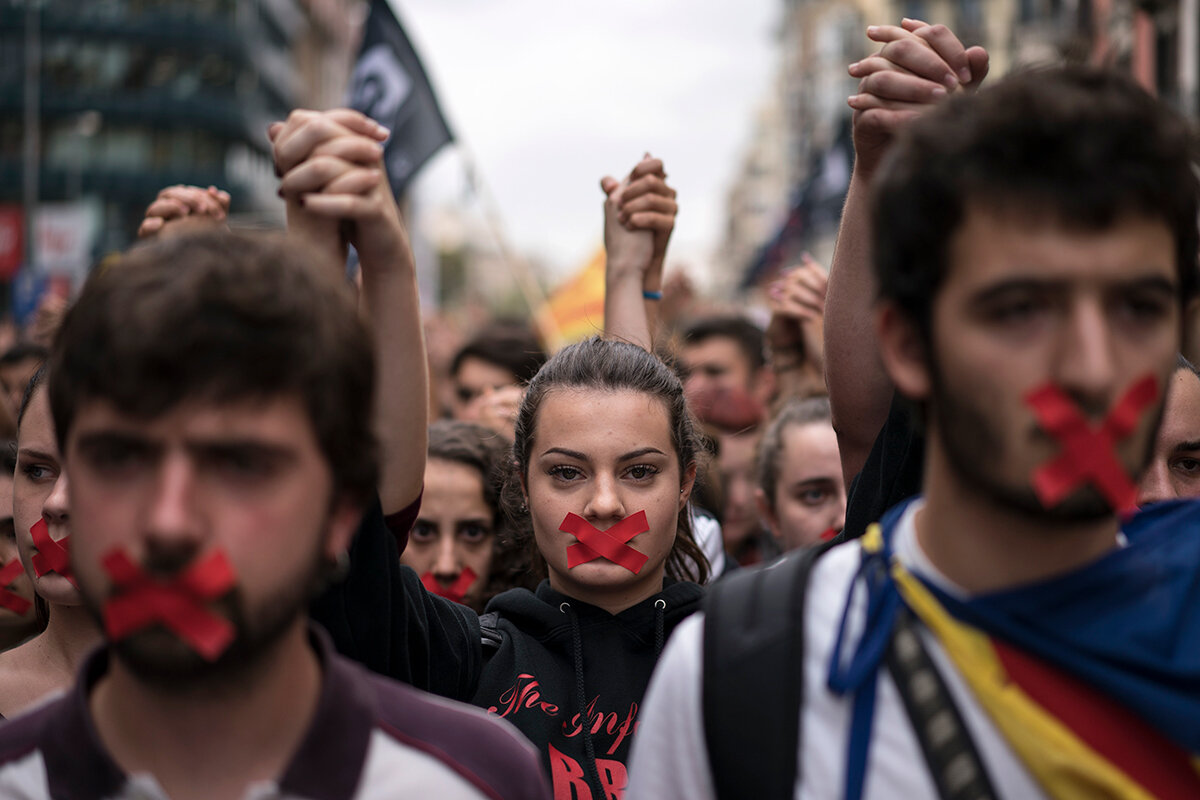On Sunday, a gunman in Las Vegas attacked a country music festival, killing at least 58. But in doing so, he attacked a tightknit community grounded in faith, love of family, and heart.
Monitor Daily Podcast
- Follow us:
- Apple Podcasts
- Spotify
- RSS Feed
- Download
 Mark Sappenfield
Mark Sappenfield
Hardly a week goes by, it seems, without more news of Western democracies on the boil. This weekend, it was violence in Catalonia amid a controversial referendum to secede from Spain. Last week, it was a German election that showed shrinking faith in the status quo.
What is this malaise that seems to seep from country to country? Sunday’s vote in Catalonia in some ways offered the clearest picture of the answer. It showed what a lack of trust looks like. Catalans don’t think Madrid has their best interests at heart, so they voted in a referendum that Spain tried to disrupt in every way possible.
To differing degrees, the same happened in the United States, Britain, France, and Germany. Each election these days is a vote for independence, in a way – an attempt to liberate governments we distrust more and more.
The picture is upheaval and tension. But really, it is a search for Democracy 2.0. Democracies only work when they have the trust of the governed. From Barcelona to Bath, the West is searching to reestablish that foothold.
Here are our five stories for today – on community, courage, and a creative attempt to address a persistent problem in the job market.










